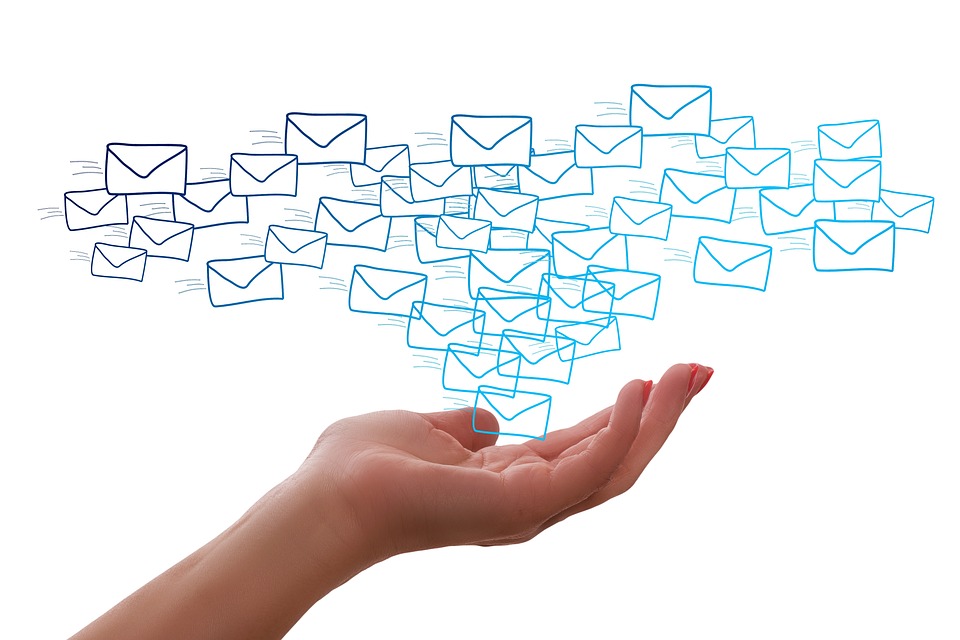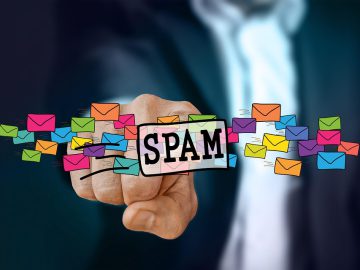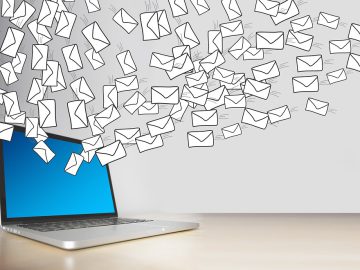Spam emails are something we have all experienced, and we can safely say that they are indeed an unavoidable nuisance. Inboxes are constantly flooded with promotional emails, or even phishing scams, that can be a huge risk in the long run.
The growing issue is mostly surrounding data and how it is collected, stored, and used by businesses, marketers, or cybercriminals.
Understanding how your email becomes a target for spam emails on your iPhone is the first step in taking control of your inbox. While unsubscribing is the first thing that comes to mind, sometimes a more strategic approach is needed.
So, let’s dive in and explore why you are getting more spam emails than ever and how to stop unwanted emails on iphone effectively.
How Does Your Email Get Exposed?
The first step is understanding how your email gets exposed, which then leads to your inbox getting flooded with spam emails that are not of interest or use to you.
Most spam emails don’t just appear by accident in your iPhone inbox; your email address is most likely exposed in more ways than you might be aware of, and some include:
-
Online Sign-Ups and Newsletters
Your information is often stored in a database after you sign up for an online account, subscribe to a newsletter, or even enter your email for a discount. Many companies and businesses can sell their email lists to third parties for different marketing purposes.
Even if a business is trusted, it can still participate in data-sharing agreements, which is why you might be seeing a rise in spam emails.
If your email is public on different social media platforms, it can be collected by automated bots. A lot of scammers and marketers use software to collect most public emails for their marketing campaigns.
Data brokers gather personal data from various sources, like public records, online transactions, and survey answers. They then share your email address by selling this data to companies, advertisers, and even cybercriminals.
Why Unsubscribing Isn’t Enough?
Now that we are familiar with how your email gets exposed let’s take a look at why unsubscribing isn’t enough, even though it seems to be the most straightforward action.
Many people assume that by clicking the “unsubscribe” button, they have gotten rid of spam emails for good. But, the truth is, sometimes ,this can cause more harm than good. Here is why:
- Confirming Your Email is Active: When you unsubscribe, you are sending a signal that your email is active, which can, in the long run, encourage even more spam activity.
- Phishing Links: Some “unsubscribe” links can be deceitful and can lead to phishing websites or malware downloads. Clicking on this link might seem safe, but it can lead to a list of cyber threats, including identity theft.
- Lack of Regulation: While reputable businesses honor the unsubscribe request, many spammers simply don’t. This means that your request is simply ignored.
Steps to Reduce Spam on Your iPhone
The best way to manage spam is to stop it from getting to your inbox in the first place. We have compiled a list of a few helpful tips and tricks on how you can minimize spam emails and protect your digital privacy.
-
Use Hide My Email (iCloud +)
With Apple’s Hide My Email option, you can make random email addresses for online sign-ups. This feature lets your email stay private, meaning less spam.
-
Strengthen your Privacy Settings on iOS
Go to your settings and turn off personalized ads to limit spam emails from advertisers. Also, keep an eye out for app permissions to minimize unnecessary data sharing.
-
Set up iPhone Email Filters
Most email providers, including Gmail and Outlook, include spam filters. But your iPhone also has built-in Block Sender options, which you can find in your settings. Creating custom rules allows suspicious emails to be automatically sorted into the spam folder.
By changing these settings, you can prevent spam messages from overflowing your inbox by blocking or redirecting them.
-
Report and Block Spam Senders
Reporting and blocking spam senders help you adjust your spam filters, meaning they will work more efficiently at recognizing which emails are unwanted or spammy.
-
Be Cautious with Online Forms and Free Offers
Although many giveaways, contests, and surveys seem attractive, keep in mind that most of these use your information for marketing and resale. Be mindful of where you share your information to minimize the number of spam emails.
Spam emails are a growing issue because of widespread data collection and selling. Taking charge of your iPhone’s inbox involves understanding how your emails are seen. Unsubscribing may seem like a solution, but in some cases, it might make matters worse.
Instead, spam can be effectively reduced by adopting preventive privacy practices like opting out of data brokers, updating privacy settings, and using temporary or alias emails.
By following these steps, you can quickly improve your online privacy, reduce unsolicited emails, and take back control of your inbox.






